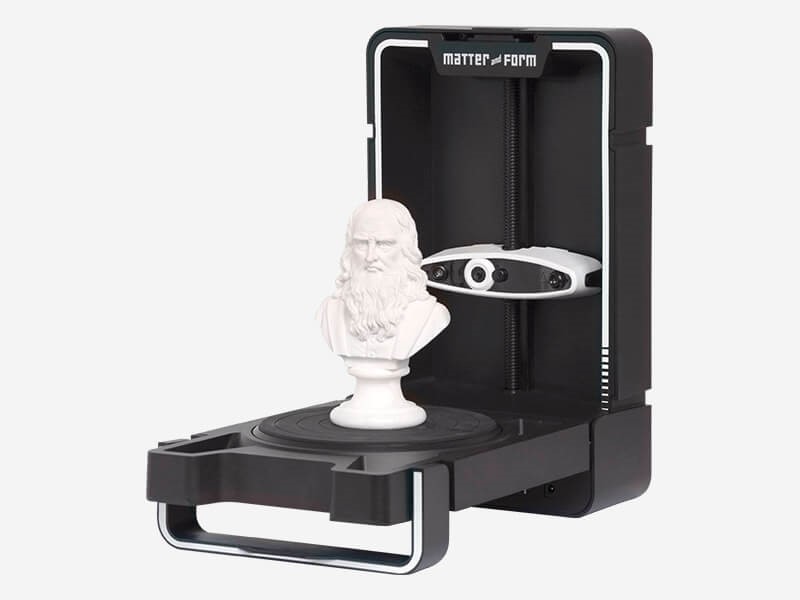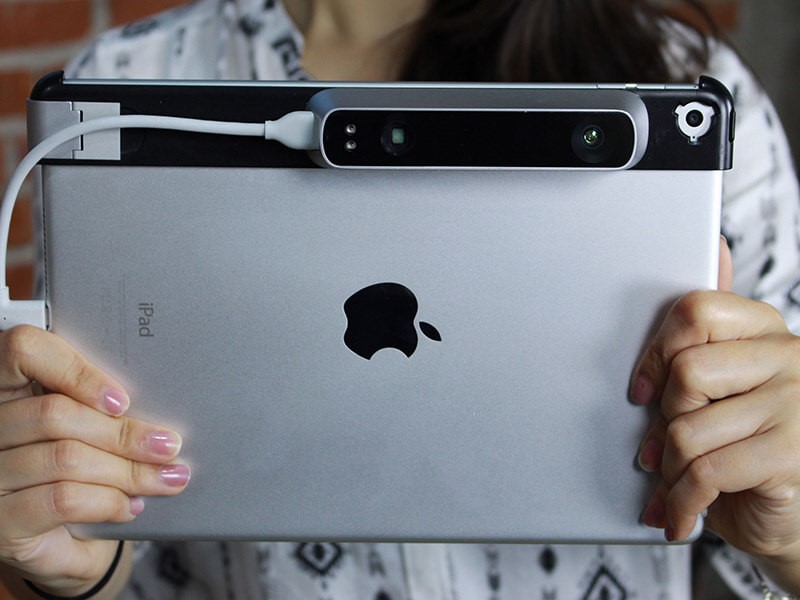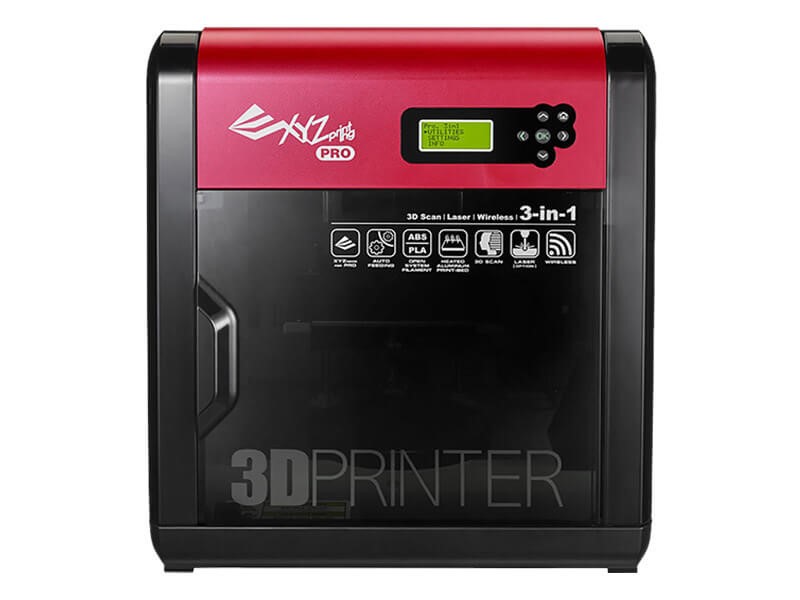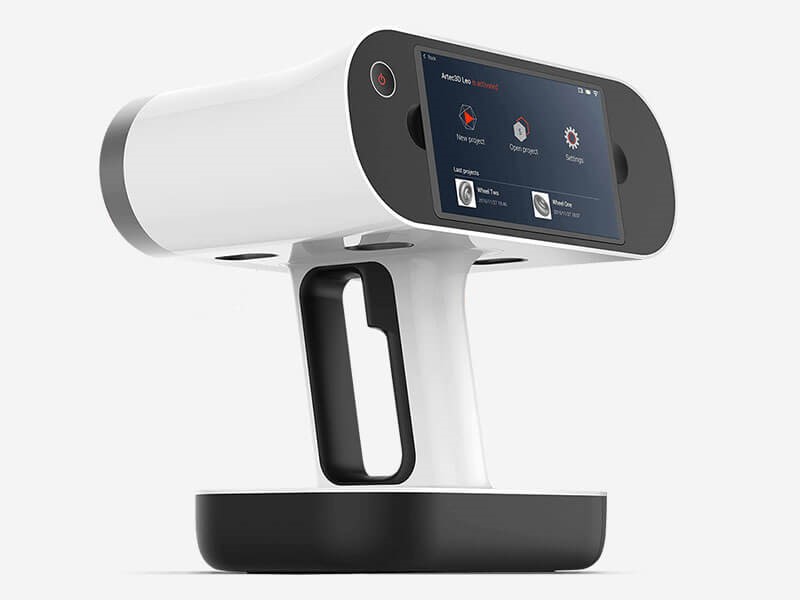By Cabe Atwell, EE Times
3D scanners are non-contact devices that digitally capture the shapes of objects and use that data to render a 3D model, which can then be used for any number of applications: construction, reverse engineering, rapid prototyping, product design, and a host of others. The technology has come a long way since its purported inception in the 1960s, when lights, cameras, and projectors were used to grab 3D imagery.
Modern forms as we know them today started to appear around 1985 and used lasers to perform 3D analysis of objects. Until recently, only large companies used the technology, as it was too expensive for most people to own. But those days are over, and the scanning tool has evolved to become more affordable. 3D scanners now come in all shapes and sizes and with different features and price points. In this roundup, we’ll take a look at some of the popular 3D scanners that the market has to offer.
Shining 3D’s EinScan-SE 3D Scanner
Shining 3D’s EinScan-SE 3D Scanner started as a successful Kickstarter campaign and was designed for educators and those new to the technology. The scanner uses white and invisible light for scanning objects and features two types of scanning: auto and fixed. In auto mode, the object is placed on the scanner’s turntable, where it rotates as it is digitized. This mode offers a maximum scan volume of 200 × 200 × 200 mm. Fixed mode is for more massive objects (700 × 700 × 700 mm), which are placed at the end of the stand, and uses manual operation to garner the image. Both modes feature a resolution of 1.3 megapixels and have a scan speed of about two minutes and an accuracy of 0.1 mm.

(Image: Shining 3D)
Matter and Form V2 3D Scanner
Matter and Form’s V2 is another excellent turntable-style 3D scanner and uses an HD CMOS sensor and a pair of Class 1 lasers to scan objects up to 9 inches in height and 7 inches in diameter at a resolution of 0.1 mm. The tabletop scanner is powered by the company’s MFStudio software, which offers optimization tools to fine-tune different scanning processes. It should also be noted that the V2 3D scanner is compatible with most 3D printers, making this platform great for rapid prototyping.

(Image: Matter and Form)
Occipital’s Structure Sensor
Occipital’s Structure Sensor is a unique 3D scanner that attaches to an iPad, allowing you to scan everything — objects, people, and interior spaces — to create 3D maps of different rooms. The Structure Sensor measures out at 119.2 × 28 × 29 mm, has a resolution of 0.5 mm, and can scan objects ranging from 40 cm to 3.5 m. A great feature of the scanner is that it can be used with Occipital’s Bridge headset, along with an iPhone for virtual-reality (VR) and mixed-reality applications.

(Image: Occipital)
XYZprinting’s da Vinci 1.0 Pro 3-in-1
XYZprinting’s da Vinci 1.0 Pro 3-in-1 isn’t a traditional 3D scanner but, rather, a hybrid platform that incorporates a 3D printer and engraver in a single package. On the scanner side, the da Vinci uses laser triangulation to scan objects with an accuracy of 0.25 mm and a resolution of 2,140 points/cm2 . On the 3D printer end, the machine uses the fused filament fabrication (FFF) system and has a print resolution of 20 to 400 microns, depending on the print. Engraving is done by laser and has an area of 20 × 20 cm with a wavelength of 450 nm + 5 nm/−10 nm InGaN.

(Image: XVZprinting)
Artec 3D’s Artec Leo
Artec 3D’s Artec Leo is another great handheld scanner that allows you to scan objects and people but differs from the others, as it features on-board automatic processing. The scanner functions similarly to a video camera — you can scan an object and see it being created in real time on the scanner’s touchscreen. You can also rotate the 3D model and check to see if all areas were captured, filling in areas that may have been missed. The Artec Leo has a frame rate of 80 fps and a resolution of 0.25 mm and offers multi-core processing via Nvidia’s Jetson TX1 SBC, along with a 256-Gb internal SSD.

(Image: Artec 3D)
For the complete list, visit EE Times .
Advertisement
Learn more about Electronic Products Magazine





